
The nature of trust can be difficult to assess and quantify, but everyone knows we need trust to make society work.
Nowhere is this more evident than in the world of finance, where well-...

A decade on from the financial crisis, which triggered the bond-dealer balance sheet reduction, institutional corporate bond investors are finally feeling some liquidity relief.
Electronic...

Investors are increasing allocations to focused strategies, or investment strategies consisting of approximately 50 or fewer securities.
Driving this growth is the pressing need for alpha...
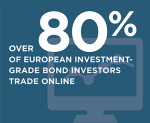
For European fixed-income market participants, 2017 was the “year of compliance.” MiFID II has arrived and, as one of the most significant regulatory changes in the history of the financial...
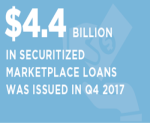
For centuries, corporate and consumer lending has followed a traditional model in which financial institutions act as centralized counterparties, making loans funded by deposits. Around 2006,...
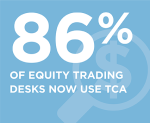
Transaction cost analysis (TCA) is now an essential tool on most equity desks, where traders leverage it to help them understand trading performance, optimize routing, and to see how they stack...
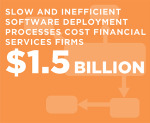
Executive Summary
Technology innovation in financial markets is severely limited by security and compliance concerns of the market participants. In this age of intraday upgrades, deploying a...
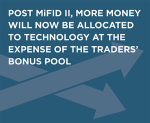
After nearly a decade of disruption and uncertainty, buy-side trading desks are finally finding a new equilibrium. Continued change is inevitable, of course, even with the next catalyst unclear....

Executive Summary
For the better part of a decade, electronic trading has been ubiquitous in the institutional foreign-exchange market. As early as 2007, over half of buy-side institutions...
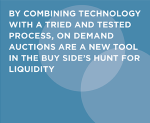
While the U.S. stock market roared last year, growing by around 20%, other aspects of the equities market were much more muted. Share volume fell by 11% and notional value traded fell slightly....
